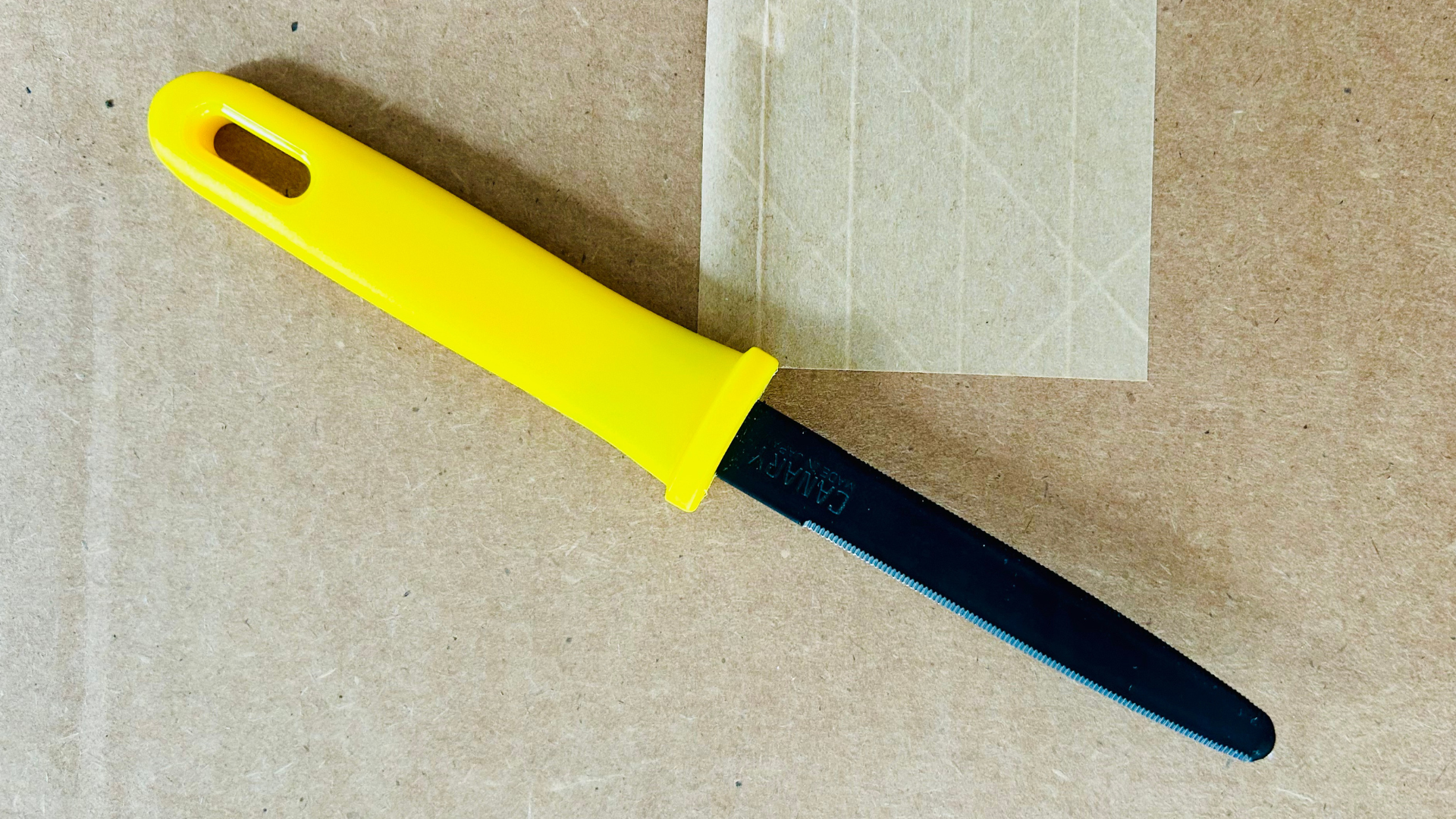Like many Americans, I bemoan the fact that online shopping hurts local businesses, which can’t compete with the convenience of unsustainable perks like “free” two-day Prime shipping. Like many Americans, I still buy a ton of stuff online anyway, because it’s sure easier not to have to carry a huge pack of toilet paper home from Aldi (at least, as a New Yorker, I can still be a snob about the fact that I walk to buy groceries). But this also means that, come Prime Day or during the holiday season, I have to deal with a whole lot of cardboard boxes.
Some 35 million tons of “containerboard,” or cardboard used to make shipping containers like Amazon boxes, is produced in the U.S. each year. By my estimate, at least 10 percent of that arrives on my doorstep. And while I’m super diligent about recycling all of it (the American Forest & Paper Association estimates that the “effective recycling rate” for cardboard is as high as 85%—yay!), breaking those boxes down to get them ready to place curbside is a hassle.
Or it was, until I learned about the Canary box cutter, a slim little knife with a non-stick serrated blade and a cheery yellow handle.
A box cutter produced by a former Japanese sword company
This $8 knife—yes, it is sold on Amazon, though mine was shipped to me in a padded envelope rather than a box—is made in Japan by a company called Hasegawa Cutlery, which got its start nearly 100 years ago polishing and grinding swords (the “Cutlery” part was added to the name after World War II, when the business first began producing scissors). Hasegawa’s marketing language suggests the company has brought all of its Japanese sword-making expertise to bear on creating consumer goods, and while I’ve never tried to break down a stack of shipping boxes with a sword, I can’t imagine it’d be much easier than using my Canary.
My previous methods for cutting through cardboard—kitchen scissors or a steak knife (don’t be like me, kids!)—were less than effective, and utility knives, though certainly an improvement, aren’t great at the task either. Cardboard is stiff and fibrous, so while a razor blade can slice through it pretty easily, it’s hard to use one to make a controlled cut, as the blade will careen off-course if you try to go against the “grain,” so to speak; utility blades also dull quickly but will still remain sharp enough to easily cut you if you handle them incorrectly.
Smarter Home & Living
Never miss a story

Lindsey Ellefson
Get the latest smart home news, trends, and advice from Lindsey and the team.
Smarter Home & Living
Never miss a story. Get the latest smart home news, trends, and advice from Lindsey and the team.

























